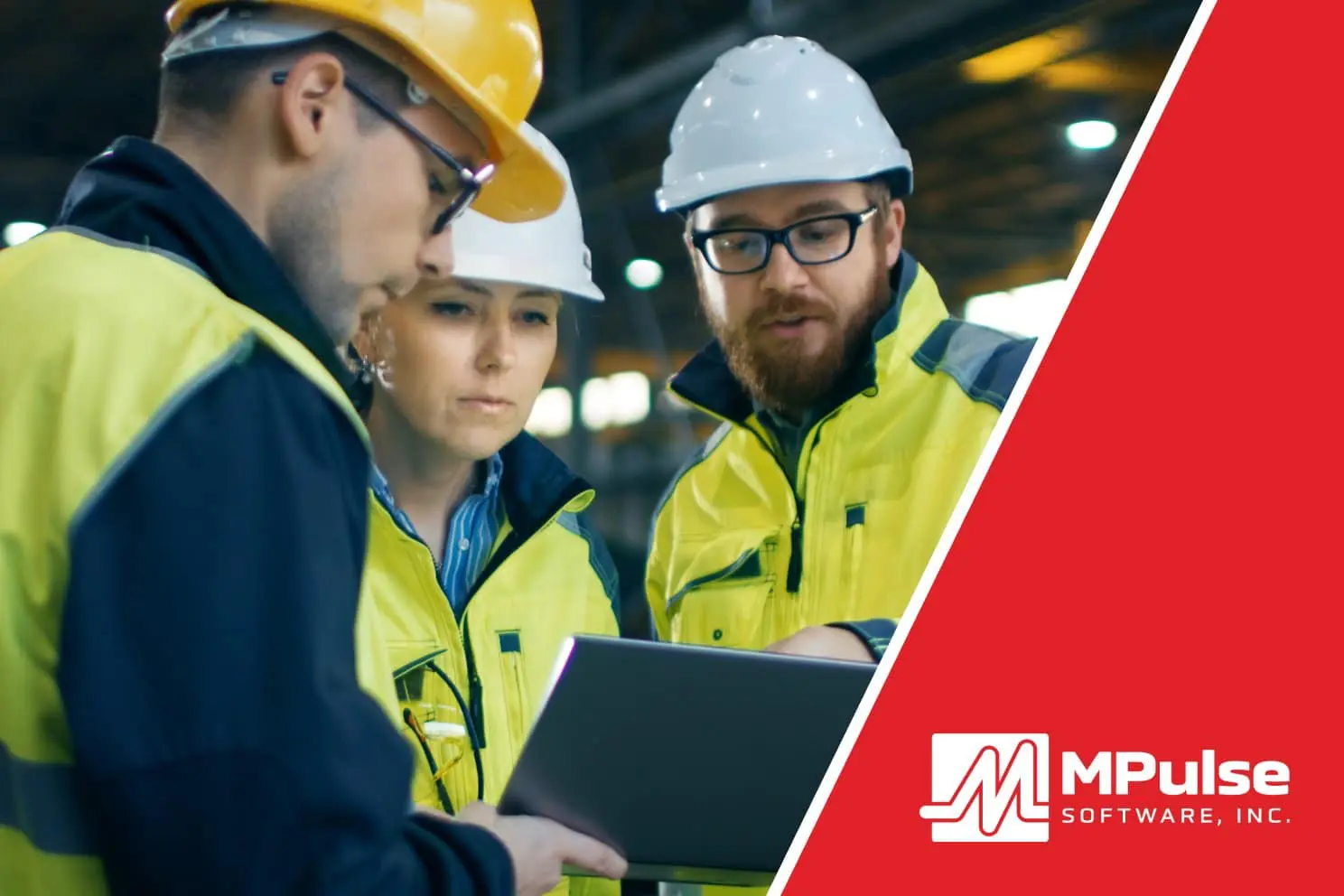Choosing computerized maintenance management system (CMMS) software can feel overwhelming.
A little time thinking about “why” will go a long way towards successfully implementing CMMS software, whether it’s your first system or you’re a long-time user. So, we recommend spending a little time on answering these five questions first.
#1: What Problem Am I Trying to Solve?
When you purchase or upgrade CMMS software, you always have a problem, or a pain point, that you’re trying to solve.
Usually, the catalysts for change fall into one of four pain points:
- Functional: A functional pain point occurs when an existing system isn’t delivering on a core maintenance-related function.
- Technological: A technological pain point occurs when the system you’re currently using is no longer a match for the way you need to conduct the management, execution, and tracking of maintenance.
- Organizational: Organizational pains are ones that “roll downhill” to you from other places in the organization. You inherit them from someone else who’s feeling pain and requires you to fix it.
- Scalability: Scalability pains are driven by organizational growth, which causes you to make system and process changes.
It’s possible you will have more than one pain point too. The more specific you are about the problem, the easier it will be to find the right solution.
#2: Who Will Be Affected by This Decision?
The impact of your decisions will reach far beyond your immediate team, to a wide range of stakeholders. You should ask yourself how each one of these people is likely to be affected—and how they might react to the coming changes in systems or processes.
Typically the people affected by this decision include..
- Users
- IT Managers
- Senior Managers
- Procurement
- Finance
- Legal and Compliance
Each one of these roles can have a huge influence on the success (or failure) of your maintenance management program.
#3: How Will CMMS Software Help?
Exactly how will a computerized maintenance management system benefit your organization? There’s no better way to determine if CMMS software is going to work for you than a software demo or trial. Although it may be tempting to skip this step because of the time commitment, it’s time and energy well spent to get the right software for you.
Once you’ve identified three to five vendors in your price range, we recommend doing demos or trials with each one to get a good idea of the strengths and weaknesses. This type of hands-on testing often brings up questions that will help you refine your needs as you move towards finalizing pricing.
You want to make the most of these software demos or trials, because they’ll likely be a big factor in your final decision.
Here are our tips on making the most of software demos and trials…
- Include end users in each demo. They will have their own perspective as well as specific questions related to their needs.
- Write down a process script. Make sure you know what you want the vendor to cover before the demo occurs.
- Use scorecards. With the process script as your basis, use a scorecard to objectively compare different vendors.
- Debrief. Right after each demonstration, take the time to debrief with everyone who participated and make notes for things to research or ask the vendor.
- Don’t do too many. Too much of a good thing is still too much. Keep to your three-to-five limit.
#4: How Much Will It Cost?
Software prices vary significantly depending on your needs and the size of your operations. Typically, you’ll pay for the base software and then the number of licenses you need. Advanced features also will add to the cost.
Start by asking sales reps to provide price-range estimates. The more specific you are about your needs, the more accurate those estimates will be.
These price range estimates will tell you if their product is a good fit. Then you can move forward with the companies who sell software in your budget range. You can ask a sales rep to refine the pricing as you get more specific about your needs.
The cost of CMMS software is more than just the price of the software itself. When you ask for a CMMS software quote, make sure it includes…
- Startup training
- Integration services
- Data migration from legacy systems
- Hosting
- Maintenance/support agreements
Calculate the five-year total cost of ownership of all these things to get an accurate comparison.
Typically, there are two ways to purchase CMMS software. Subscription pricing is also known as Software as a Service, or “SaaS.” When you opt for SaaS, you’re renting the software for a monthly or yearly fee. SaaS is a common option today—but it may not be the best one for you.
#5: What Other Things Will I Need?
Choosing a CMMS software vendor is twofold—you obviously want one that offers the right product, but it’s also vital to find the one who can help you get the software up and running. Even if the software is great, if you don’t know how to use it effectively, it’s like not having CMMS software at all.
CMMS customization and integration with existing software present two big expenses. Implementation and ongoing maintenance have real costs as well. Make sure you factor in all of these expenses during the early stages of your CMMS deployment.
As part of your evaluations, consider each vendor’s offerings for training, implementation, and support. You want to work with a company that can meet your needs today—and tomorrow.
When you find the right CMMS software for your team, you’re on your way to creating an efficient and productive maintenance department that can cope with the constant change of modern maintenance. And that’s the bigger goal of every maintenance manager, whether they work for a small business, a government agency, or a large enterprise.
Have questions? Contact us. We’re here to help.


